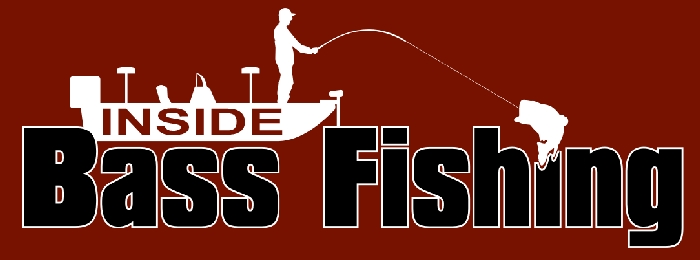 Bass fishing is more than just a hobby for me, it’s a way of life. I love to fish bass tournaments. I think those anglers who enjoy fishing tournaments enjoy the competition like I do. I like matching my skill against someone else. The money when you win makes it all the better. With so many tournament trails it’s hard to know which to fish.
Bass fishing is more than just a hobby for me, it’s a way of life. I love to fish bass tournaments. I think those anglers who enjoy fishing tournaments enjoy the competition like I do. I like matching my skill against someone else. The money when you win makes it all the better. With so many tournament trails it’s hard to know which to fish. I wanted to tell you about a tournament trail that is only a year old. I recently found out about this trail and I am sold. Fishing For Charities is a bass fishing tournament trail that is devoted to raising money for various charities. Dwayne puts it like this “was founded out of our love of fishing and our dedication to help charitable organizations that have personally touched lives.” The money from entry fees is split. 40% of the money is donated to the charity of each event. The other 60% goes back into the anglers hands.
The tournament trail was born after Dwayne Linkous’ son, Raiden, was diagnosed with Niemann Pick Disease. Dwayne who has been a TBF director realized that bass fishing tournaments could be used for something more than just competition. “Our tournament directors have over 53 years of tournament experience.” With that much experience in running good quality tournaments you can count on a quality tournament when you sign up to Fish For Charities.
Fishing For Charities helps raise money for NPD Raidens Hope, Wounded Warrior Project, Make-A-Wish of Greater VA, Autism Society of East TN, Relay For Life of Hamblen CO and Victory Junction Camp. Fishing For Charities currently has 6 tournaments scheduled for 2011, in North Carolina, Virginia and Tennessee. You can see the full tournament schedule here.
With the tournament trail starting its second year there are many things still to come. Dwayne told me that they hope to be able to have a classic of sorts for the top anglers each year. The tournaments are a team format but you can fish alone. It is the top five fish per boat that is weighed in. The tournaments themselves are 100 dollars per boat. You can become a member of Fishing For Charities for 15 dollars which entitles you to some bonus pay outs. Membership in Fishing For Charities is not required to fish the tournaments. The pay back scale is based on the number of boats in the field.
So this year help out some local charities and go fish with Fishing for Charities. If you would like information for a charity close to your heart contact Dwayne Linkous.
















